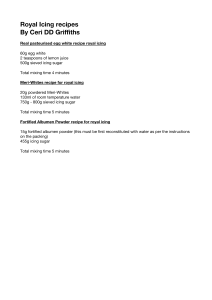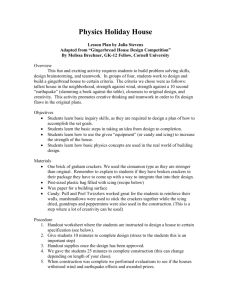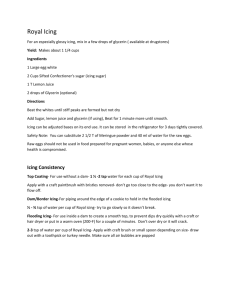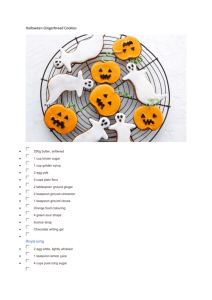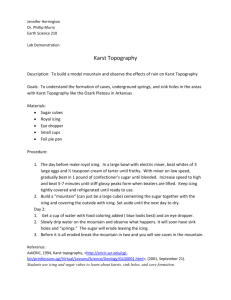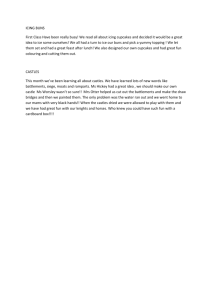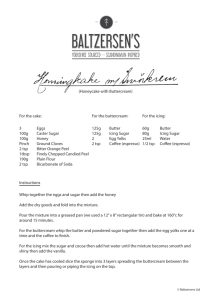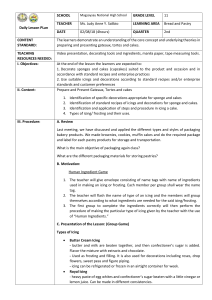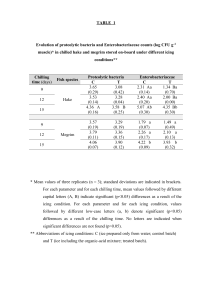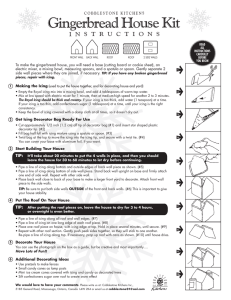Icing processes in aerospace applications studied by laser light scattering...
advertisement
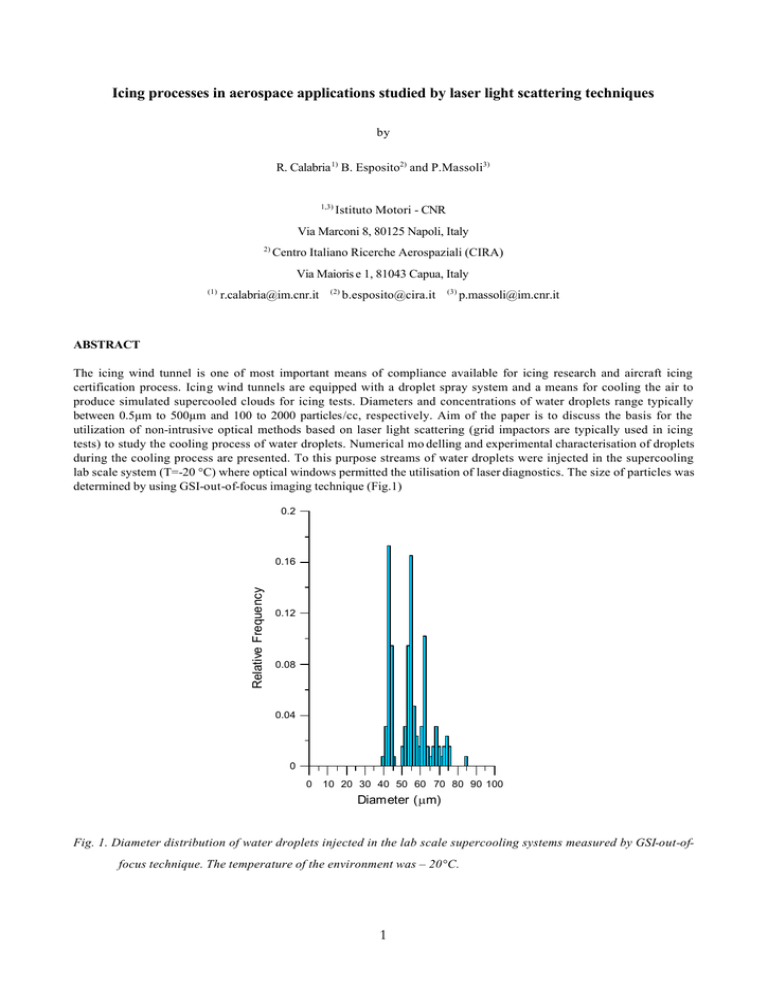
Icing processes in aerospace applications studied by laser light scattering techniques by R. Calabria 1) B. Esposito2) and P.Massoli3) 1,3) Istituto Motori - CNR Via Marconi 8, 80125 Napoli, Italy 2) Centro Italiano Ricerche Aerospaziali (CIRA) Via Maioris e 1, 81043 Capua, Italy (1) r.calabria@im.cnr.it (2) b.esposito@cira.it (3) p.massoli@im.cnr.it ABSTRACT The icing wind tunnel is one of most important means of compliance available for icing research and aircraft icing certification process. Icing wind tunnels are equipped with a droplet spray system and a means for cooling the air to produce simulated supercooled clouds for icing tests. Diameters and concentrations of water droplets range typically between 0.5µm to 500µm and 100 to 2000 particles/cc, respectively. Aim of the paper is to discuss the basis for the utilization of non-intrusive optical methods based on laser light scattering (grid impactors are typically used in icing tests) to study the cooling process of water droplets. Numerical mo delling and experimental characterisation of droplets during the cooling process are presented. To this purpose streams of water droplets were injected in the supercooling lab scale system (T=-20 °C) where optical windows permitted the utilisation of laser diagnostics. The size of particles was determined by using GSI-out-of-focus imaging technique (Fig.1) 0.2 Relative Frequency 0.16 0.12 0.08 0.04 0 0 10 20 30 40 50 60 70 80 90 100 Diameter ( µm) Fig. 1. Diameter distribution of water droplets injected in the lab scale supercooling systems measured by GSI-out-offocus technique. The temperature of the environment was – 20°C. 1
